Catfish species has strong potential for Amazon basin development
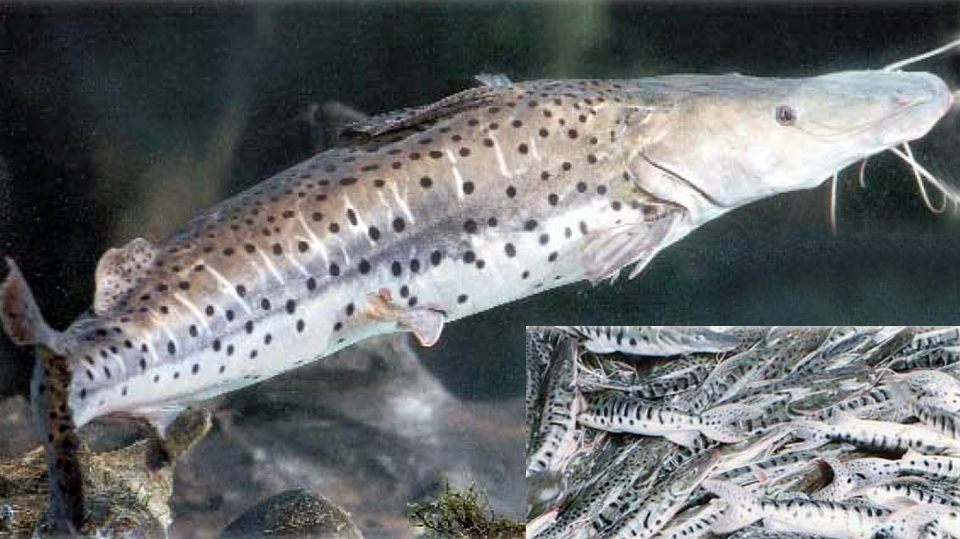
Pseudoplatytsoma coruscans (family Pimelodidae), also known as surubim, is a South American carnivorous catfish that inhabits the Paraná and São Francisco River basins. Once an important regional economical activity, commercial fisheries for pintado have died out in these river basins, but there is still a commercial fishery for pintado in the Amazon basin. Decreasing annual landings, smaller average sizes, and an increasing fishing effort indicate that overfishing for the species is taking place.
Due to their high-quality, mild-tasting flesh; light-colored, boneless fillets; and high market prices; pintado have for years attracted interest as a candidate for aquaculture in Brazil. Commercial pintado farming began in 1997, and at present the total annual production in Brazil is estimated at around 2,000 tons per year. The internal, unfulfilled demand for this fish and the potential for exporting its products provide an excellent outlook for pintado aquaculture in Brazil.
Environmental tolerance
Probably because they evolved in a habitat prone to seasonal flooding and droughts, pintado are quite resilient when it comes to poor water quality. They can tolerate dissolved-oxygen levels of 0.5 to 1.0 milligram per liter for short periods of time, although with obvious signs of stress.
The fish tolerate water temperatures as high as 36 degrees-C, but feeding is greatly affected. The best feeding response in pintado has been observed at 28 degrees-C. At 20 degrees-C, the animals significantly reduce their feeding activity, and stop completely at temperatures under 15 degrees-C. Under culture conditions, pintado have survived water temperatures as low as 8 degrees-C.
Spawning
Pintado have migratory spawning habits, swimming up river to spawn during the summer rainy season. To induce final maturation in captivity, broodstock fish are injected with gonado-trophic hormones. Carp pituitary is the most commonly used hormone, but synthetic hormones also have successfully induced spawning. Pintado eggs, which are quite small at 2,200 to 2,700 per gram, are incubated in vertical flow incubators.
Larviculture and fry rearing
Under culture conditions, pintado larvae at hatch are smaller than 3.0 mm. They begin feeding at day 2 in the vertical incubators on rotifers, egg yolks, and artemia. The fry usually remain in the incubators for seven to 10 days until development of first pigmentation, when they are 1.0-1.5 cm long. Then the animals are transferred to flow-through or circular tanks, where they are fed zooplankton, and later ground fish or beef until they reach 3 to 5 cm in length.
Attractive feeds of suitable size must be provided every couple of hours, including during the night. The fish need to be graded frequently, as cannibalism is a significant problem. Alternatively, pintado fry can be stocked in fertilized ponds, where they search for feed by themselves and can be harvested in approximately 30 days at 3 to 5 cm in length. Production results in this phase are quite variable, with survival ranging 10 to 50 percent.
Pintado will not accept a direct transition from moist feed to dry commercial pellets. They have to be trained to accept commercial feeds by gradually incorporating dry ingredients in the moist feed. Initiated when the fish are about 3 to 5 cm long, the feed training is carried out over a 48-day period. Fingerlings are normally 13 to 15 cm long and weigh around 15.0 grams at this stage.
Large-scale fingerling production is today a reality, but production is heavily dominated by a few producers, with just one accounting for over 70 percent of the total market share.
Nutritional requirements
Initiatives to study pintado nutritional requirements have begun in only the past few years. Feed mills have had to rely on established requirements for other carnivorous fish and information provided by growers to develop feeds.
Pintado are typically fed extruded floating pellets with 40 to 42 percent crude protein and 8 to 12 percent lipid content. Most protein can be of plant origin, mainly soybeans, but feed manufacturers usually include about 25 percent of the protein from animal sources such as poultry byproduct meal, meat and bone meal, and fishmeal to improve palatability.
Pintado flesh has a naturally light-yellow coloration that is influenced by the animals’ diet. Therefore, feed ingredients such as corn intensify this natural tendency to concentrate yellow pigments in the flesh. Their inclusion in formulations, however, is generally limited.
Disease
Disease outbreaks can be potentially damaging if not attended promptly, especially during the cooler winter months. One disease, probably caused by bacteria, is particularly virulent, with 80 percent animal mortality recorded in affected ponds during severe outbreaks. Clinical signs include severe hemorrhaging of the intestine and anus, external lesions and reddening at the base of the fins.
Culture systems
Pintado are grown in a variety of culture systems. As with other freshwater species in Brazil, earthen ponds are by far the most common system used, but there is also some cage production.
Grow-out results gathered since 1997 show production potential for the species. Fingerlings stocked at 15 grams in earthen ponds reach a marketable size of 2.0 kg in 12 months at an average growth rate over 5.5 grams per day. Due to the fast growth, pintado production is normally divided into phases (Table 1).
Results from cage culture show slower growth and increased feed conversion, usually above 3:1. There is considerable potential for improvement in grow-out performance, since little research effort has been dedicated to the production systems, nutrition, genetics, health, and physiology of this species.
Conclusion
Presently, pintado are cultured in most regions of Brazil, but there are no reliable statistics regarding its aquaculture and fisheries production. A considerable part of the aquaculture production is directed to recreational purposes in the fee fishing business, an important market established in the southern and southeastern states.
Since commercial production became available, supermarket and restaurant chains have demonstrated increased interest in cultured pintado, due to its superior quality and reliability over fish offered from traditional fisheries.
(Editor’s Note: This article was originally published in the April 2004 print edition of the Global Aquaculture Advocate.)
Now that you've reached the end of the article ...
… please consider supporting GSA’s mission to advance responsible seafood practices through education, advocacy and third-party assurances. The Advocate aims to document the evolution of responsible seafood practices and share the expansive knowledge of our vast network of contributors.
By becoming a Global Seafood Alliance member, you’re ensuring that all of the pre-competitive work we do through member benefits, resources and events can continue. Individual membership costs just $50 a year.
Not a GSA member? Join us.
Author
Tagged With
Related Posts
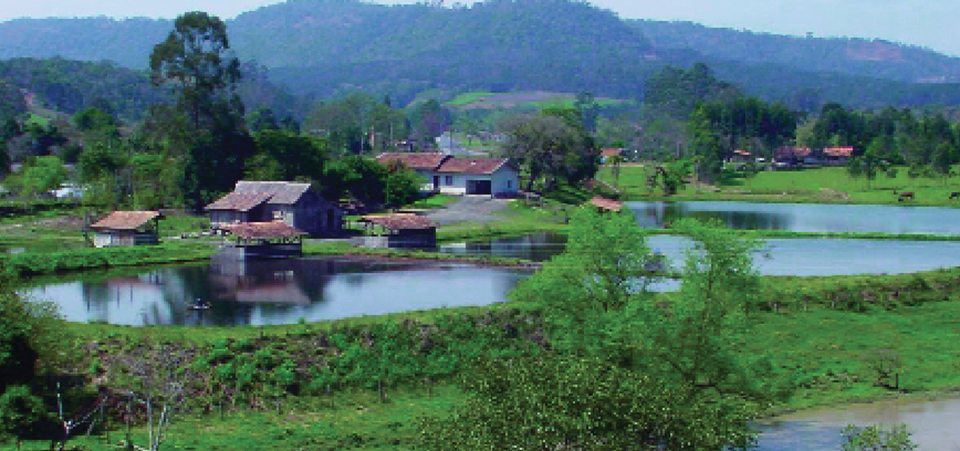
Responsibility
Brazil’s inland aquaculture
Freshwater fish culture is practiced in every state in Brazil, primarily at small-scale earthen pond facilities, but tilapia culture in reservoir cages is increasing.
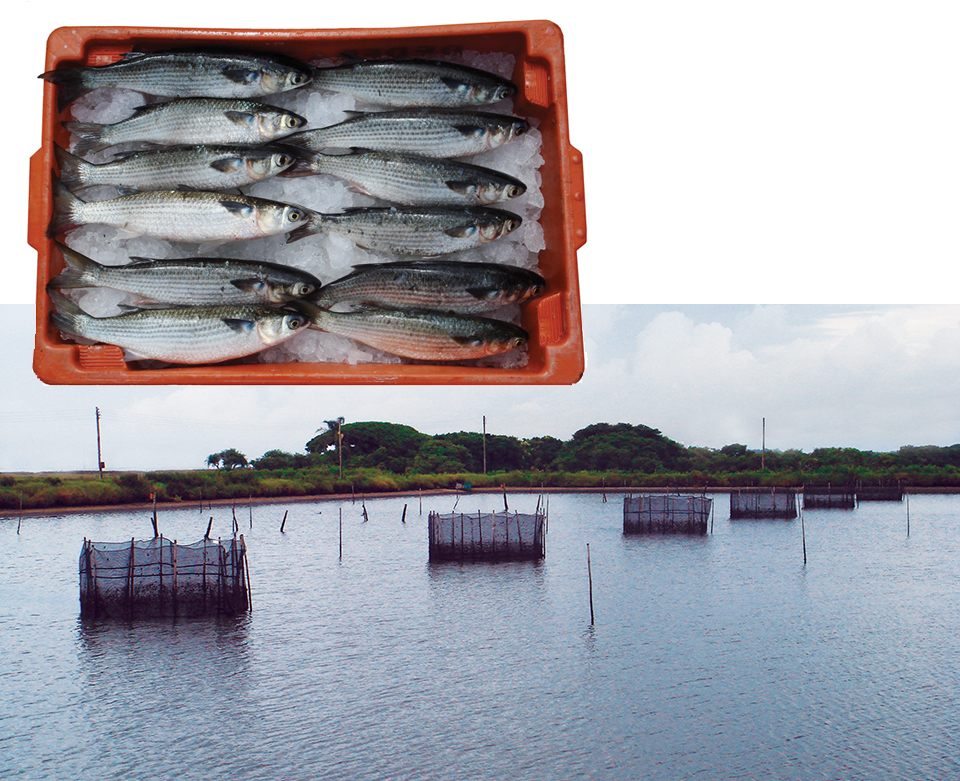
Intelligence
Marine fish culture in Brazil
Marine fish farming in Brazil appears promising. A new cobia research network will support industry growth through standardization, development of technology and training.
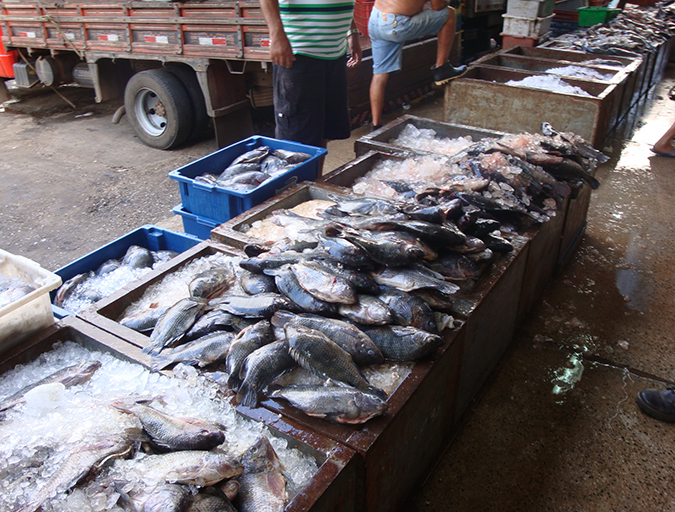
Intelligence
Brazilian aquaculture: Constraints and challenges (Part 2)
Brazil will have to deal with an adverse economic and political environment in the next few years. One should expect high value fish products like shrimp, tilapia, Chilean salmon and cod being replaced by more affordable seafood and alternative meats, as consumers keep losing purchasing power due to inflation, unemployment and monetary devaluation.
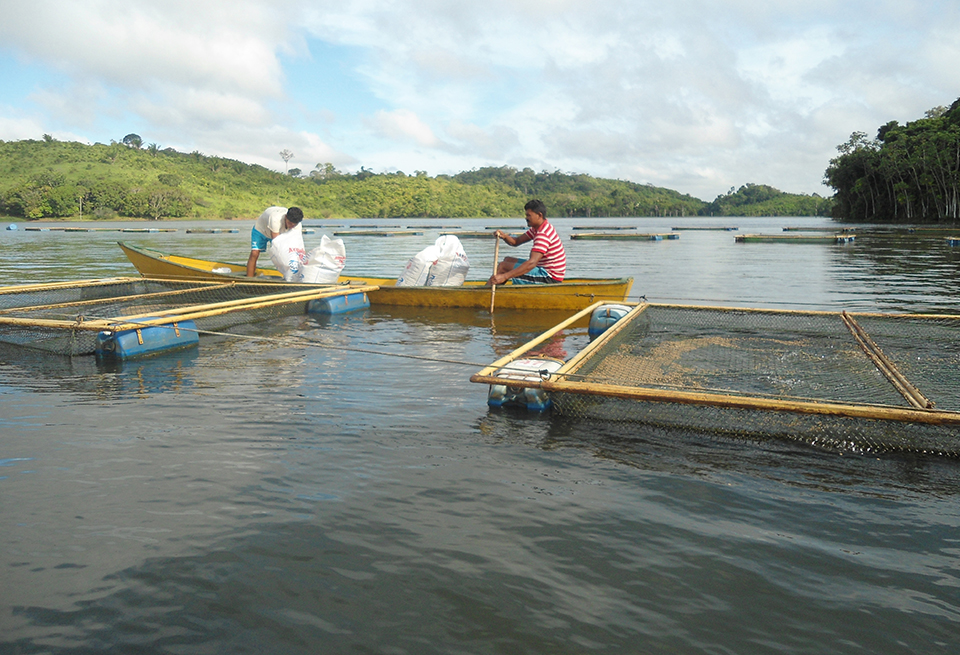
Innovation & Investment
Aquaculture planning, development in Brazilian federal waters
The aquaculture industry in Brazil is moving toward further expansion with the support of the federal government. A key strategy of the More Fishing and Aquaculture plan is the development of aquaculture in federal waters. The plan promotes sustainable development of fisheries and aquaculture by linking those involved and consolidating state policies addressing social inclusion, security and food sovereignty. Tilapia is the main farmed fish, although tambaqui and others have potential for large-scale production due to their wide acceptance by consumers.


